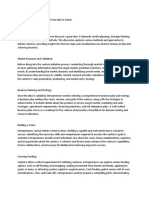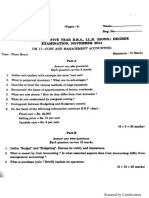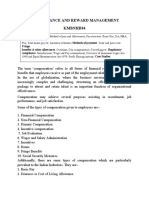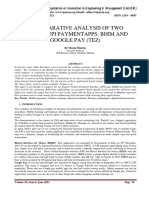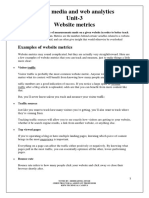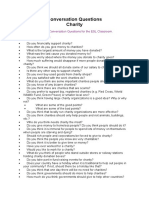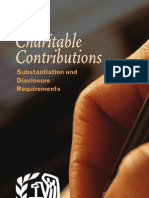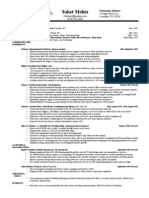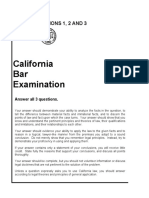100% found this document useful (1 vote)
1K views7 pagesSetting Up Business Entities Notes
Setting Up Business Entities M.Com 2rd Semester, MS University This document outlines the Setting Up Business Entities, as part of the M.Com 2 rd semester curriculum at MS University.
Uploaded by
Sujith SCopyright
© © All Rights Reserved
We take content rights seriously. If you suspect this is your content, claim it here.
Available Formats
Download as DOCX, PDF, TXT or read online on Scribd
100% found this document useful (1 vote)
1K views7 pagesSetting Up Business Entities Notes
Setting Up Business Entities M.Com 2rd Semester, MS University This document outlines the Setting Up Business Entities, as part of the M.Com 2 rd semester curriculum at MS University.
Uploaded by
Sujith SCopyright
© © All Rights Reserved
We take content rights seriously. If you suspect this is your content, claim it here.
Available Formats
Download as DOCX, PDF, TXT or read online on Scribd
/ 7





